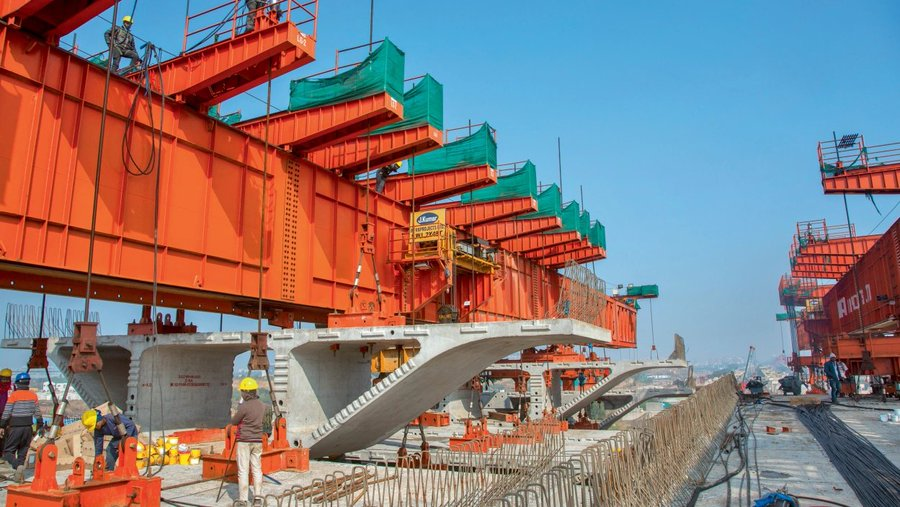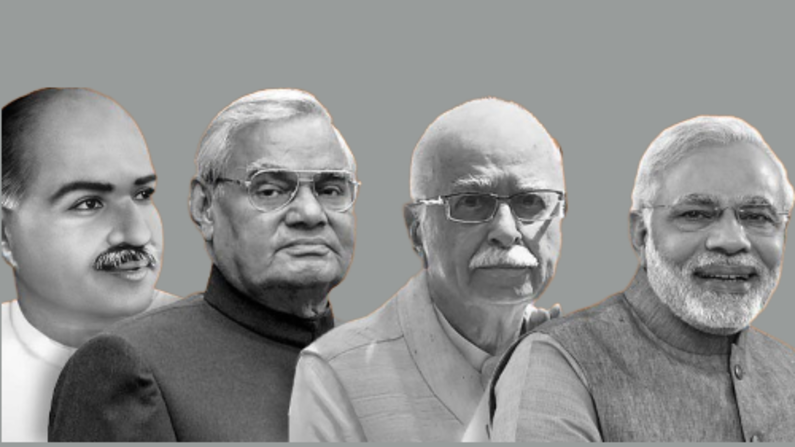Introduction:
At the dawn of a transformative decade, India stands poised for an extraordinary transformation. It is driven by what has come to be known as “India’s Infrastructure Revolution.” Fueled by determined projects, the nation envisions reaching the high point of a $5 trillion economy, symbolizing an era of unprecedented growth and development. This article meticulously delves into substantial investments, initiatives, and strategic partnerships. They highlight India’s unwavering commitment to complete infrastructural advancement.
Massive Infrastructure Spending:
India’s commitment to “India’s Infrastructure Revolution” is vividly apparent in its massive spending. Over the last 75 years since gaining independence, the country invested a staggering $14 trillion in infrastructure. An impressive $7 trillion was allocated in the past nine years alone. Looking ahead, another $7 trillion is assigned for the next nine years. This signals an era of massive spending dedicated to fueling the nation’s transformative journey.

1. Roads – Paving the Way for Progress:
One of the key focus areas is the construction of National Highways (NHs) and roads. Notably, in FY22, the construction of 10,457 km of roads saw a substantial increase from the 6,061 km reported in FY16. The government’s ambitious vision is underscored by the aim to achieve a daily highway construction rate of 100 km, termed India’s ‘highway revolution.’ This commitment reveals a dedication to enhancing connectivity, facilitating economic growth, and pushing India further into the levels of infrastructural excellence.
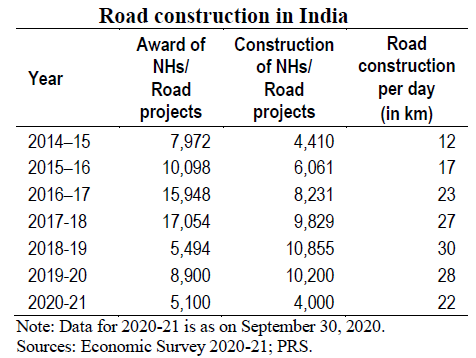
The National Highways Authority of India (NHAI) has already set records by constructing 25 km of road in a remarkable 18 hours.
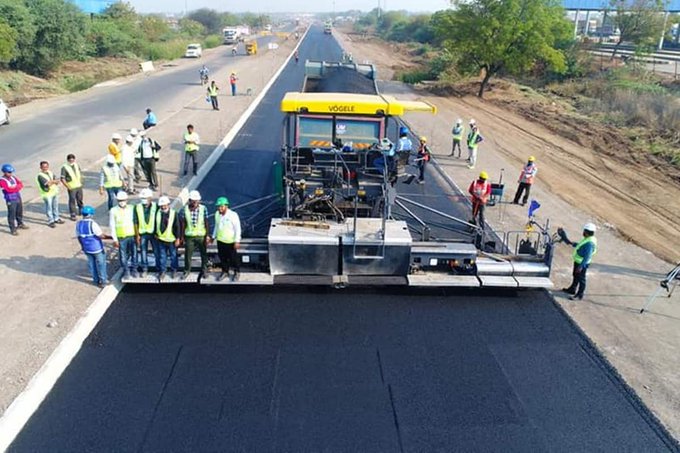
2. Private Sector Participation in Ports:
The private sector’s active role has pivotal importance in doubling Indian ports’ volume over the last decade. This marks a significant sign in “India’s Infrastructure Revolution.” The Ministry seeks to amplify this progress by ambitiously increasing the cargo handling ability of Public-Private Partnership (PPP) terminals to 85%. This presents ample chances for private players in port construction, modernization, and green hydrogen-related projects. This collaborative effort not only underscores the synergy between the public and private sectors but also creates a shared commitment. It aims to propel India’s maritime infrastructure into a new era of efficiency and sustainability.

Recommended Reading: Unmasking 13 Dark Patterns: Piyush Goyal’s Triumph
3. Railways – On the Fast Track to Modernization:
The railways sector has seen a huge boost in capital spending since 2014, with a nonstop increase over the last four years. Major projects include track doubling, rolling stock, and electrification. The government is aggressively investing in plans such as Vande Bharat trains, the Dedicated Freight Corridor, and the Mumbai-Ahmedabad High-Speed Rail. The railways aim to achieve 100% electrification by 2024.

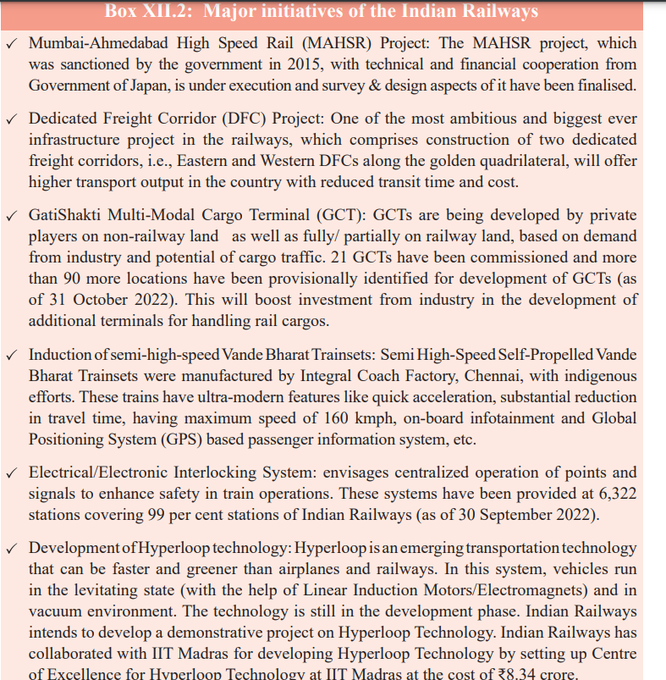
Vande Bharat Trains are fast-tracked: – The contract, which is worth ₹58,000 crore, to manufacture 200 Vande Bharat trains and maintain them for the next 35 years is being given
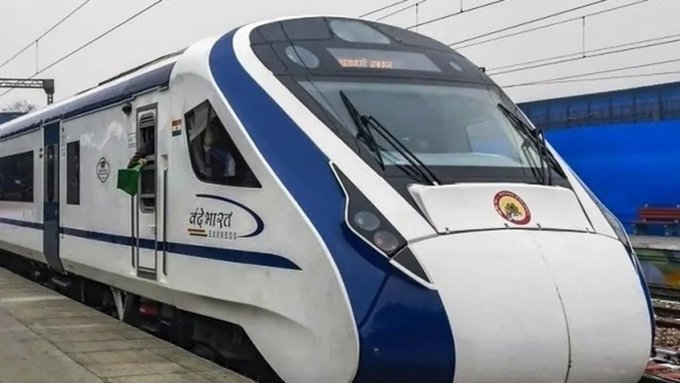
4. Metro Expansion – Connecting Cities:
Every Indian city and town is gearing up for a substantial expansion of metro networks. Proposals for new lines are ample, with serious thought for the development of light rail (Metrolite) in various locations within the next decade.
India’s metro rail network has experienced real growth since 2014. It expanded from a network covering five cities and 229 km to encompassing 860 km across 20 cities as of April. The sector has been engaging private players through PPP projects. Examples include the Pune Metro Line III and Hyderabad Metro lines. Upcoming openings in the sector include the ongoing review of feasibility in Chandigarh. Additionally, there’s an exploration of PPP modes, either for complete provisioning of the project or some unbundled services.
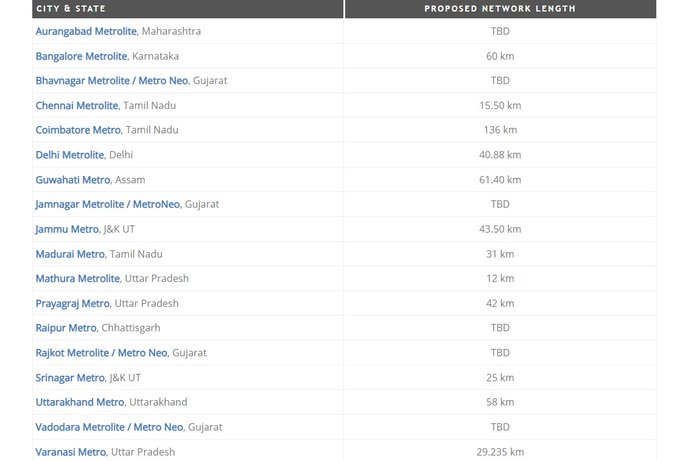
5. Airports – Taking Flight:
The UDAN scheme, a flagship initiative of the government, is pushing airport development. Significantly, India has granted 21 greenfield projects amounting to 4500 crores, heralding increased connectivity in the country’s skies. This planned investment not only underscores the commitment to enhancing air travel accessibility but also adds to fostering economic development and regional growth. The UDAN scheme stands as a beacon for India’s commitment to comprehensive infrastructural advancement, reaching new heights in both literal and metaphorical terms.
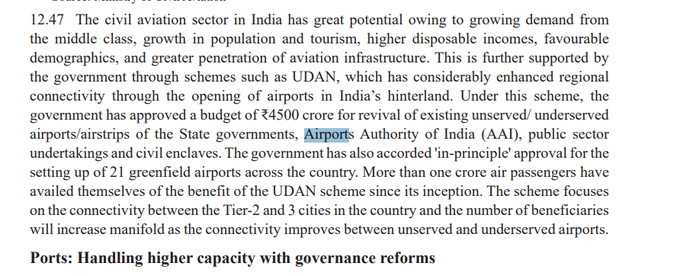
Major carriers like Indigo, Air India, and Akasa Air have substantial aircraft orders, indicating a robust future for the aviation sector.

6. Logistics Sector Growth:
The logistics sector is poised for significant growth, throwing an increase from US$250 billion in 2021 to US$380 billion in 2025. Moreover, the government has begun plans to create 35 Multimodal Logistics Parks (MMLPs). Simultaneously, there’s a commitment to reduce logistics costs from 13% to 9% of GDP by 2024. This underscores a planned push for comprehensive logistical infrastructure. Additionally, various MMLPs have signed agreements involving substantial private investments. These agreements emphasize a collaborative effort to shape the future of India’s logistics landscape.

7. UDAN Scheme – Enhancing Regional Connectivity:
The government’s commitment to regional connectivity is underscored by the doubling of the outlay for the UDAN scheme, reaching ₹1,244 crore. This significant investment aims to operationalize 1,000 UDAN routes and develop 100 unserved and underserved landing sites. These include airports, heliports, water aerodromes, and advanced landing grounds by 2024.
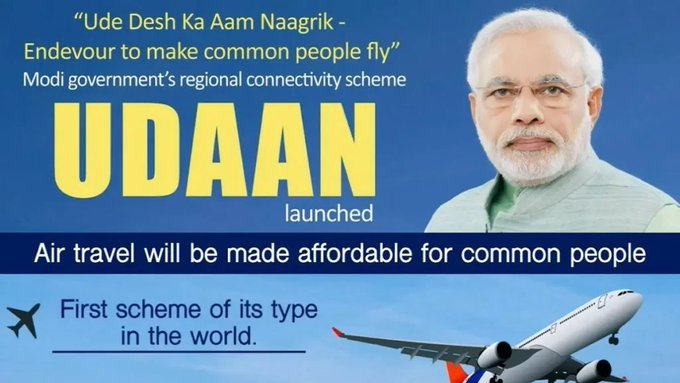
Recommended Reading: The Bharatiya Janata Party (BJP): A Historical Journey
Conclusion:
India’s proactive approach to “India’s Infrastructure Revolution” in roads, railways, airports, urban transit systems, and logistical networks positions the country for remarkable growth in the next 10 years. These massive investments and strategic initiatives will serve as the bedrock for sustained economic development, marking India’s transformative decade. Moreover, the time for India has arrived, declaring an era of progress, prosperity, and unparalleled development on the horizon. As the nation strides confidently into this new era, the transformative impact of “India’s Infrastructure Revolution” becomes a beacon illuminating the path toward a future defined by unprecedented growth and modernization.





